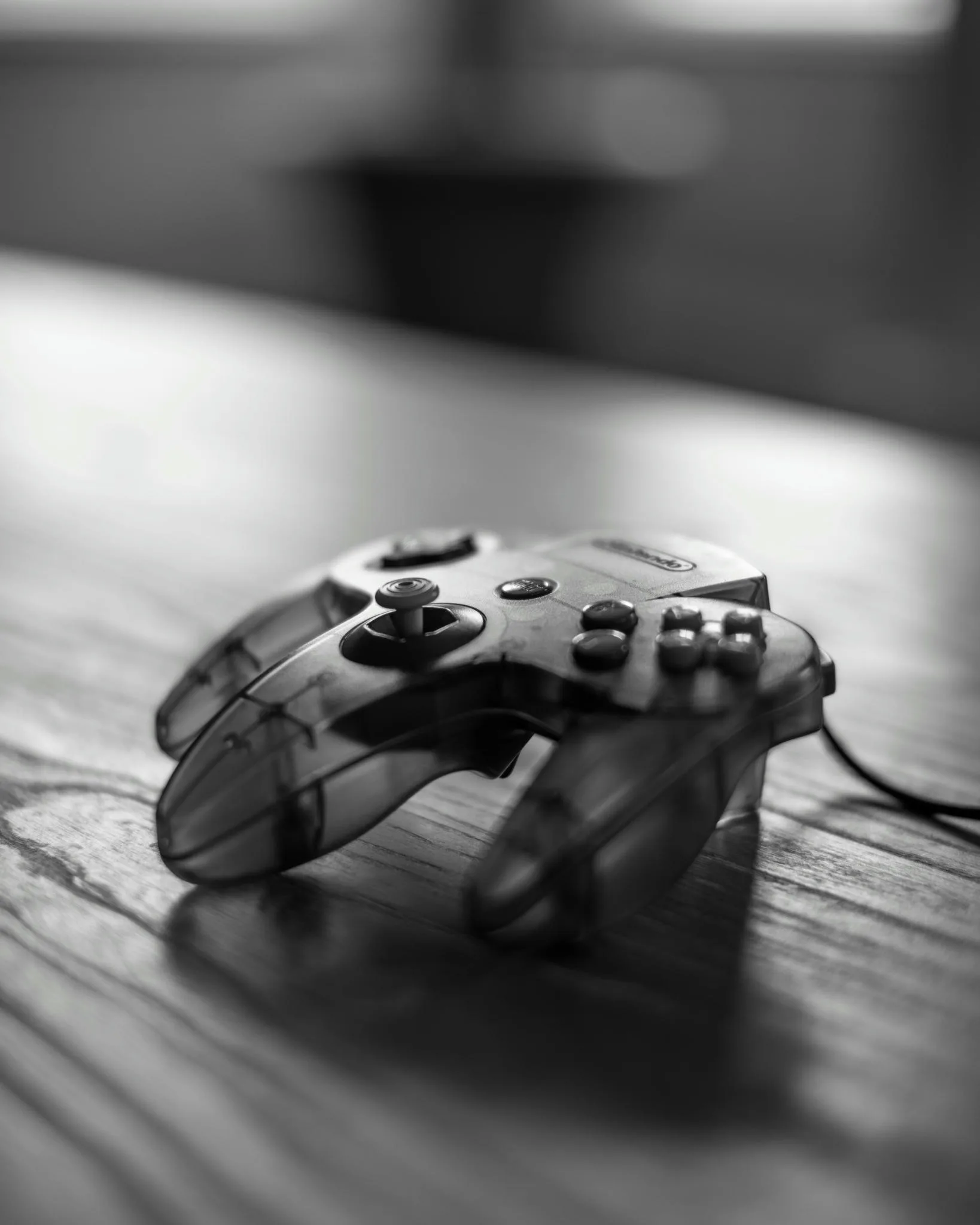Discover the world of N64 mods! Enhance your retro gaming with aesthetic upgrades, performance boosts for the Nintendo 64
.
Posted inConsole

